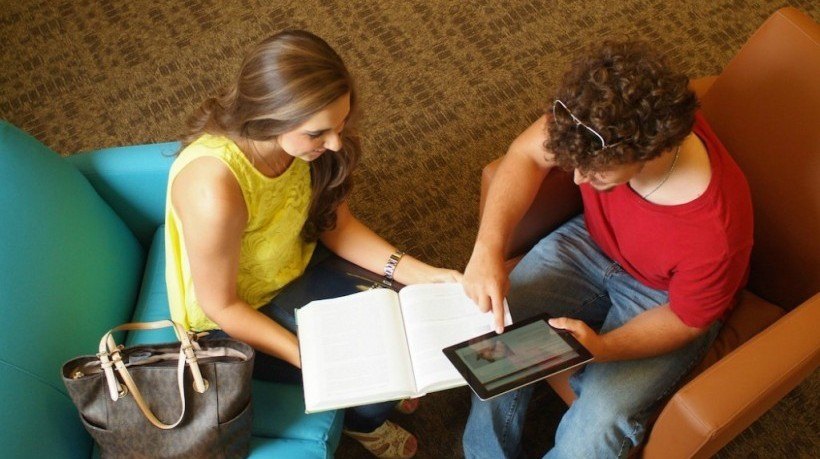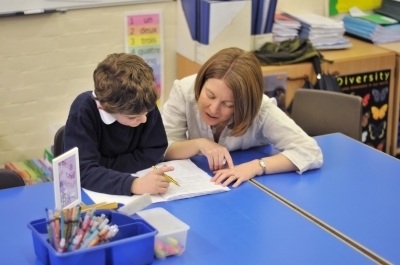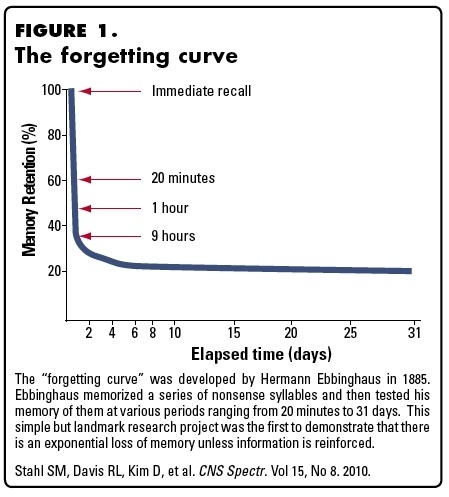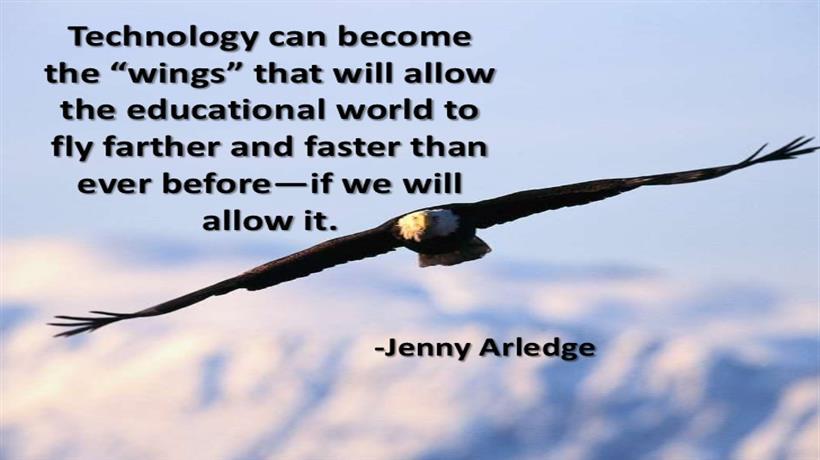Digital Flashcards: How Students And Teachers Use Them
Education, just as everyday life, becomes more and more digital. Think about the use of digital boards, tablets, and apps in the class room. Digital flashcards are among the solutions that are becoming increasingly popular in the USA and lately also in Europe. Their original version, paper flashcards, have been used since the 19th century to help students actively memorize and recall information. Until a few years ago flashcards were typically hand written or printed and carefully cut out from paper.
With the recent rise of the education technology industry however, more and more companies provide tools to create digital flashcards. eFaqt.com, one of the top online flashcard tools, asked its most active users how they use digital flashcards to tackle their own education challenges.
Technology Brings The Class Together
Marc Engel has been teaching for 35 years as mentor and educator at the Eckhart College in the Netherlands. Teaching social studies to students on all levels of the Dutch education system is what keeps him busy on a daily basis.
For years, notes and flashcards have been fundamental to Marc’s study sessions:
- In his class Marc divides the students into pairs, who have to come up with questions about the course material.
- After the short brainstorming in pairs, these questions are discussed with the whole class.
- Last, the answers are entered into eFaqt.
- Students can later revise and practice the nearly 600 digital flashcards at home.
First, students had mixed reactions about his method. While the online flashcards were quickly embraced by the motivated students, others fell behind. Marc says smiling: “Studying is still hard work.”
Preparing For Your Exam At Home
Sophie Tichelaar studies at the University of Groningen, and she is the proud record holder of the most flashcards created (12,000 questions and answers!) in eFaqt. She is the person when it comes to asking how students feel about digital flashcards.
“During high school I had troubles with studying. Despite the long hours of memorizing, I had a difficult time to stay focused and to remember the materials.”
- Usually Sophie uses digital flashcards when she prepares for an exam.
- During lecture she takes notes in a Word document, and before the exams, she turns her notes into digital flashcards.
- Sophie also creates notes and flashcards from her study books.
Studying with digital flashcards helps her see what the key information is in her study material. “This way I can avoid to waste time studying small, unimportant side notes.”
Will Digital Flashcards Spread Into Classrooms?
Marc, similarly to many professionals is the education industry, believes that “innovation takes time” and that it might take a while before eFaqt or other digital flashcard tools become standard in schools.
Luckily, many students already embrace digital flashcards: Now it is only a matter of time before teachers and learning specialists discover the benefits as well!








